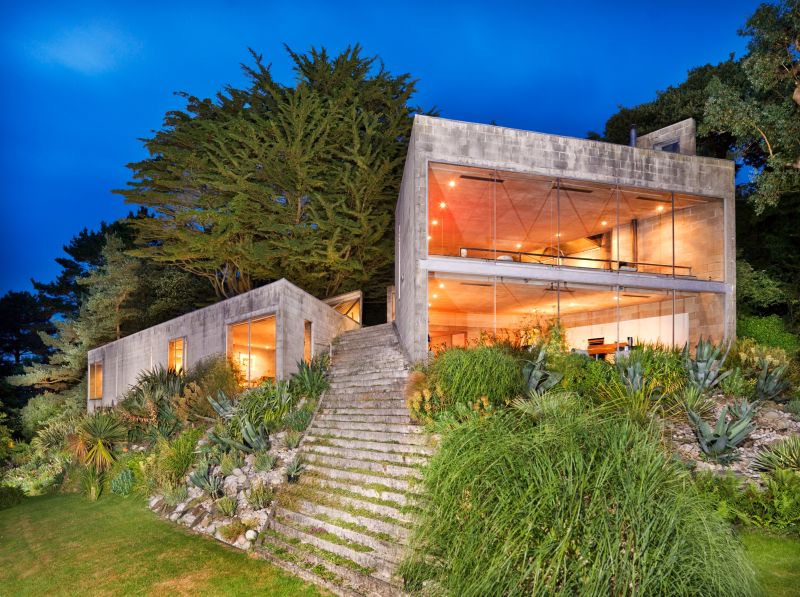Brutalist Architecture: An Overview
Brutalism, a striking architectural style that thrived in post-war Britain from 1945 to 1975, has garnered both admiration and criticism. This style is recognized for its raw concrete materials and bold geometric forms, leading many to see it as a revolutionary movement in urban architecture.
Key Characteristics of Brutalist Architecture
- Materiality: Brutalist buildings are typically constructed from exposed concrete, which provides a rugged and industrial appearance.
- Form: The structures often feature stark, geometric shapes that evoke a sense of strength and permanence.
- Functionality: These buildings prioritize practical use, often prioritizing functionality over form.
Notable Examples of Brutalist Architecture





The Legacy of Brutalism
While Brutalist architecture can be polarizing, it undeniably plays a crucial role in the architectural narrative. The style has influenced countless architects and continues to inspire modern designs. Therefore, understanding its principles and history is vital for anyone interested in architectural development.
In conclusion, the exploration of Brutalist architecture highlights a vital chapter in the evolution of design. By reflecting on its distinctive elements and notable examples, we gain insight into both its past significance and future influence.




